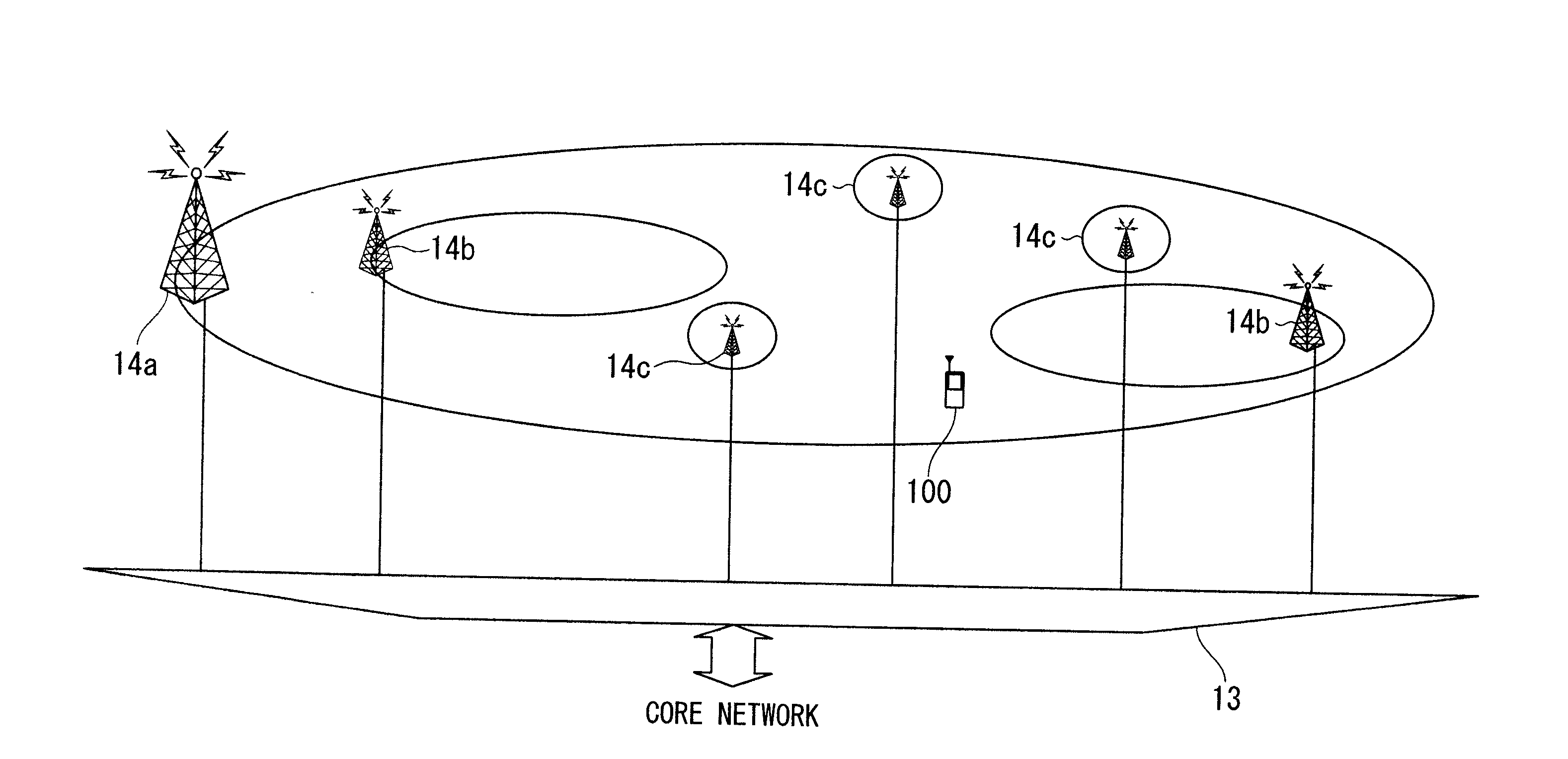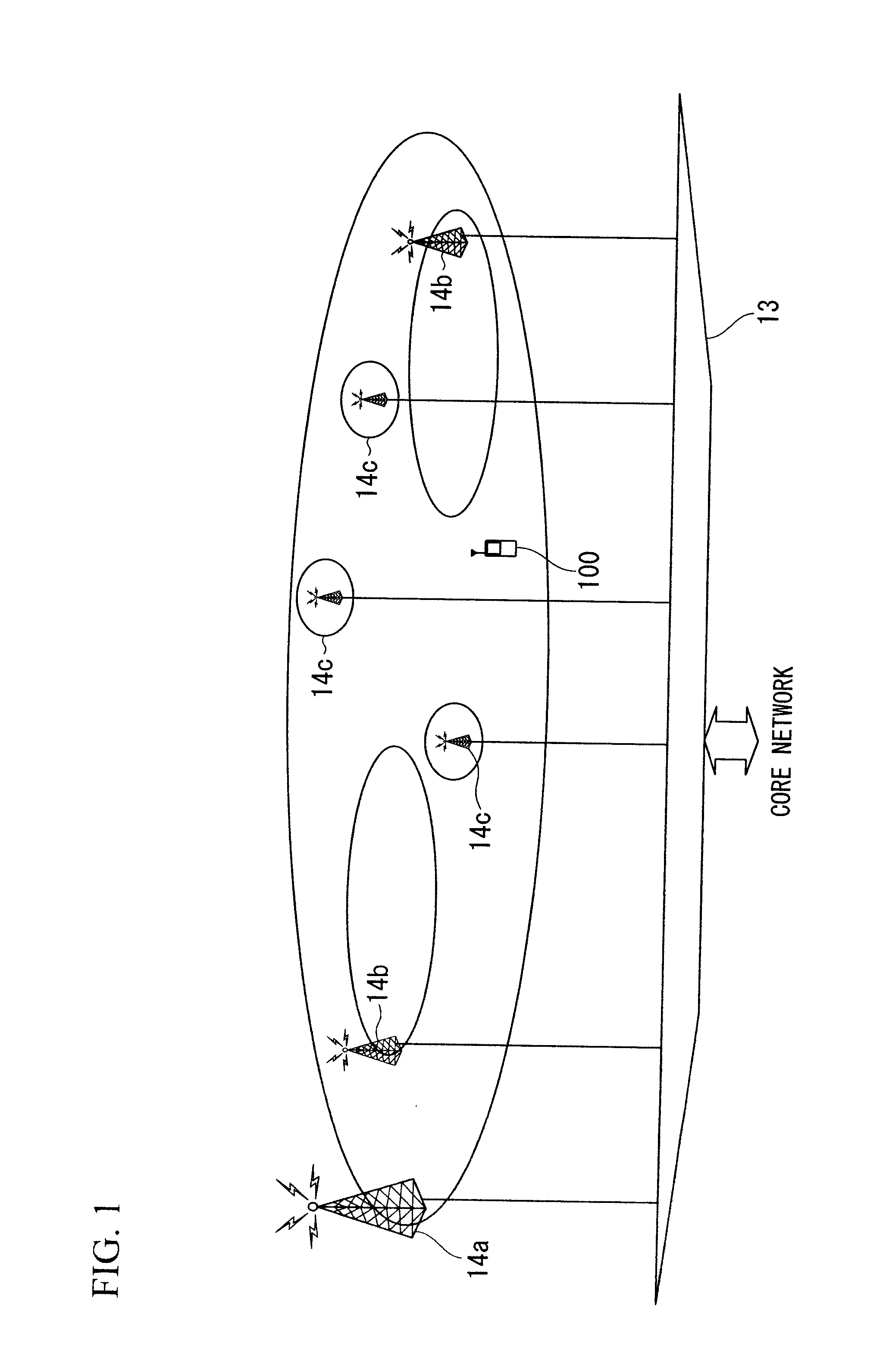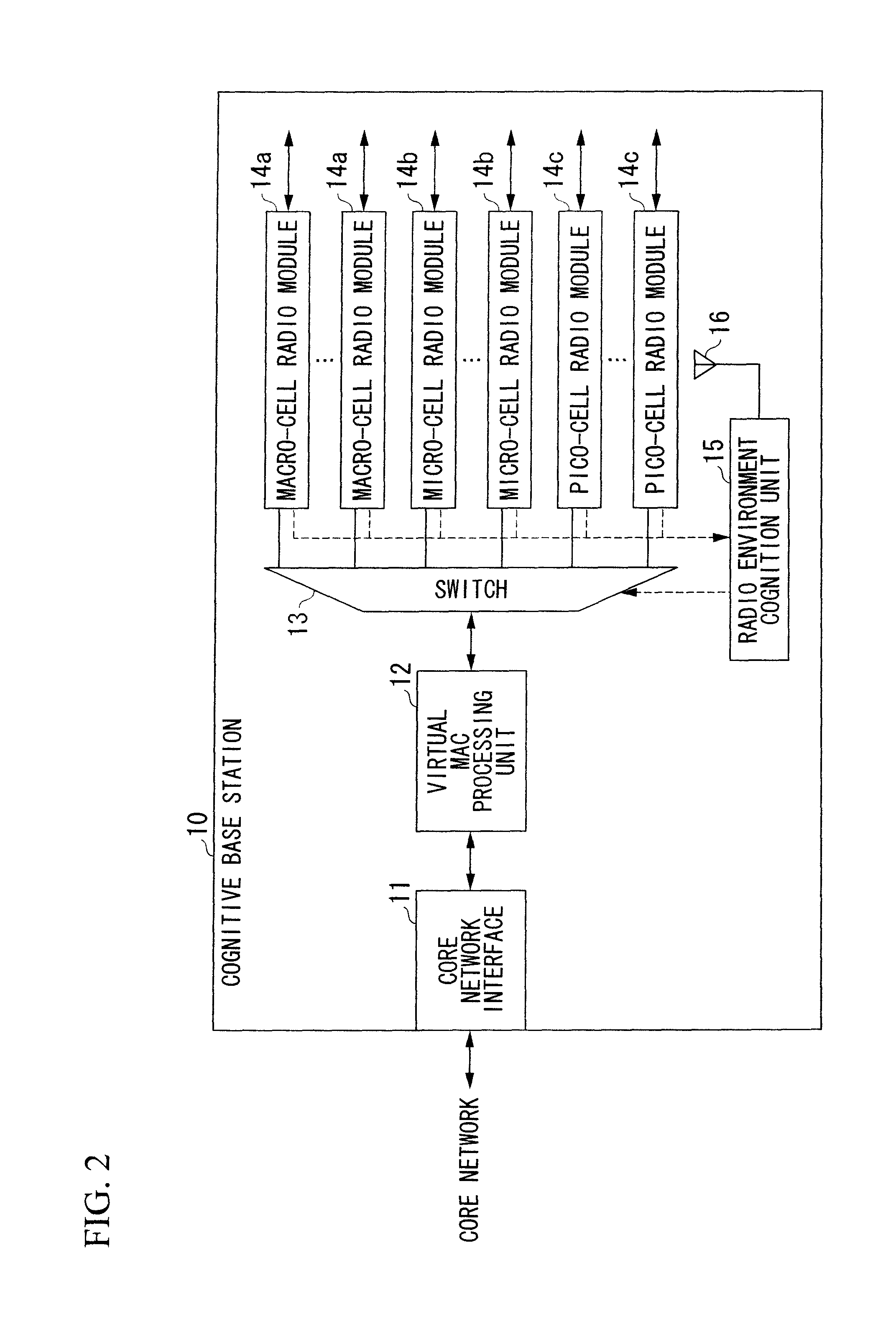Communication characteristic measuring device adapted to wireless terminal
a communication characteristic and wireless terminal technology, applied in the field of radio communication systems, can solve the problems of consuming communication resources, shortage of processing abilities, and not disclosed in the patent document 1 in the specific configuration of detecting radio environments
- Summary
- Abstract
- Description
- Claims
- Application Information
AI Technical Summary
Benefits of technology
Problems solved by technology
Method used
Image
Examples
first embodiment
1. FIRST EMBODIMENT
[0083]FIG. 5 is a flowchart showing the measurement method for measuring delay time variation data in accordance with a first embodiment. FIG. 6 is a sequence chart showing the measurement method for measuring delay time variation data according to the first embodiment. FIG. 7 is a graph exemplifying delay time variation data. The first embodiment demonstrates the measurement of delay time variation data in uplink communication using the macro-cell radio module 104a.
[0084]The measurement method of delay time variation data according to the first embodiment will be described with reference to FIGS. 5 and 6.
[0085]Step S11: The macro-cell radio module 104a counts the number of times “B” it receives ACK in each unit time “A” (e.g. one second).
[0086]Step S12: The radio environment cognition unit 105 calculates an average reception time interval C by way of an equation of C=A÷B.
[0087]Step S13: The radio environment cognition unit 105 calculates an uplink average packet...
second embodiment
2. SECOND EMBODIMENT
[0094]FIG. 8 is a flowchart showing the measurement method for measuring delay time variation data in accordance with a second embodiment. FIG. 9 is a sequence chart showing the measurement method for measuring delay time variation data according to the second embodiment. FIG. 10 is a graph exemplifying delay time variation data. The second embodiment demonstrates the measurement of delay time variation data in uplink communication using the macro-cell radio module 104a.
[0095]The measurement method of delay time variation data according to the second embodiment will be described with reference to FIGS. 8 and 9.
[0096]Step S21: The macro-cell radio module 104a counts the number of times G it receives NACK in each unit time A (e.g. one second).
[0097]Step S22: The radio environment cognition unit 105 calculates an uplink average accumulated delay time I by way of an equation of I=G×H where H denotes a time required for repeating a single data packet which is a fixed...
third embodiment
3. THIRD EMBODIMENT
[0104]FIG. 11 is a flowchart showing the measurement method for measuring delay time variation data in accordance with a third embodiment. FIG. 12 is a sequence chart showing the measurement method for measuring delay time variation data according to the third embodiment. FIG. 13 is a graph exemplifying delay time variation data. The third embodiment demonstrates the measurement of delay time variation data in uplink communication using the macro-cell radio module 104a.
[0105]The measurement method of delay time variation data according to the third embodiment will be described with reference to FIGS. 11 and 12.
[0106]Step S31: The macro-cell radio module 104a counts the number of times B it receives ACK in each unit time A (e.g. one second) and the number of times G it receives NACK in each unit time A.
[0107]Step S32: The radio environment cognition unit 105 calculates an uplink average packet repeat delay time K by way of an equation of K=(G÷B)×H where H denotes ...
PUM
 Login to View More
Login to View More Abstract
Description
Claims
Application Information
 Login to View More
Login to View More - R&D
- Intellectual Property
- Life Sciences
- Materials
- Tech Scout
- Unparalleled Data Quality
- Higher Quality Content
- 60% Fewer Hallucinations
Browse by: Latest US Patents, China's latest patents, Technical Efficacy Thesaurus, Application Domain, Technology Topic, Popular Technical Reports.
© 2025 PatSnap. All rights reserved.Legal|Privacy policy|Modern Slavery Act Transparency Statement|Sitemap|About US| Contact US: help@patsnap.com



